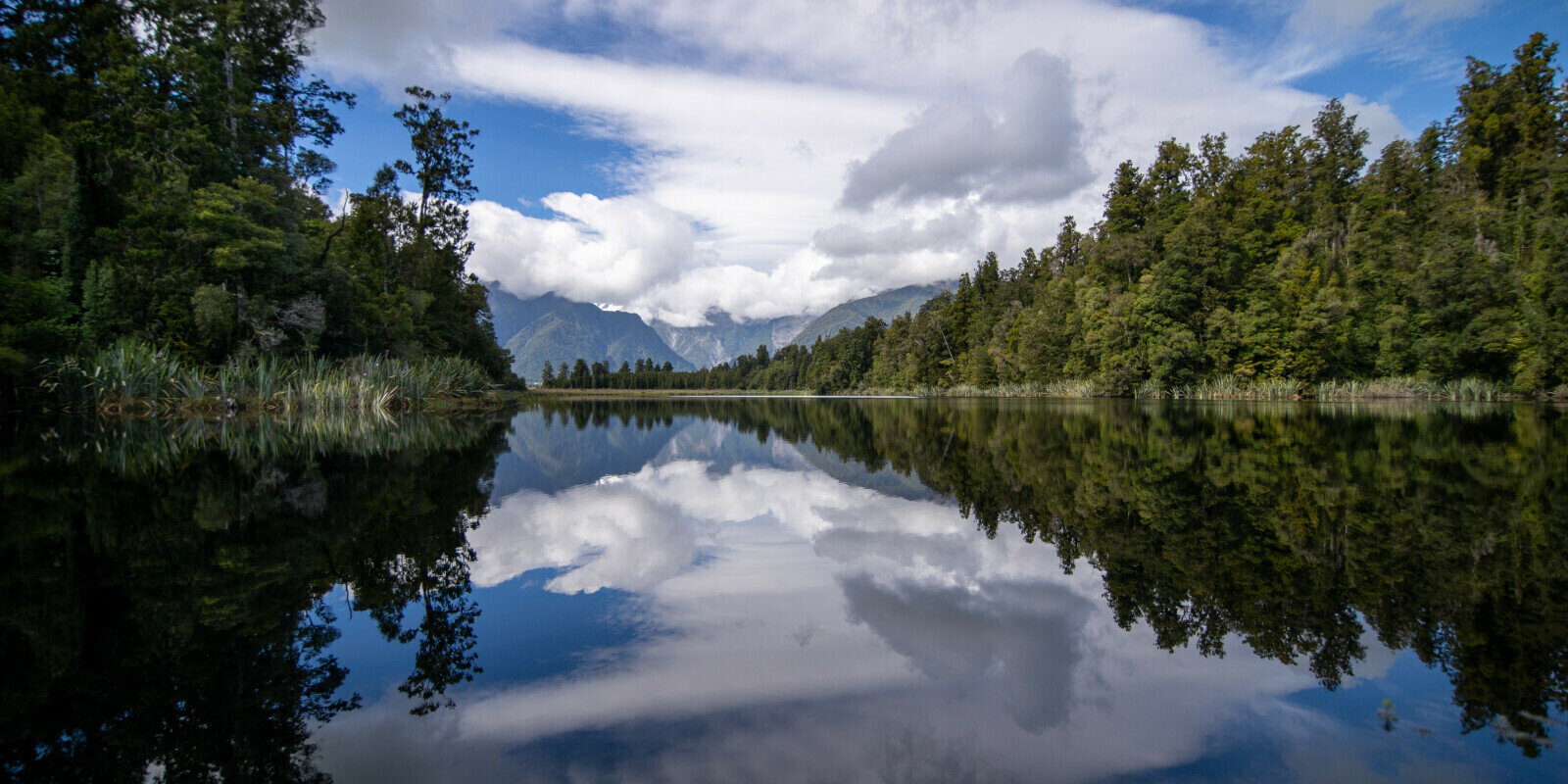Cyclones, Floods, Heatwaves, Fires, Droughts. These are all the side effects of the global climate changes. We have seen the first three in New Zealand during 2023, but we have also seen the other two in different years.
The health hazards from the smoke from fires, and the destitution from droughts hit people all over the world, as do floods and temperatures for days in the range of 40° to 50°.
But floods, cyclones and the rising sea levels (as more polar ice melts each year) may directly impact on your home. When these events are combined with the likelihood of an earthquake or volcanic activity in various parts of New Zealand, your location and risks will soon be reflected in your insurance costs.
I have written before about the rising fire & general insurance premiums, and the importance of ensuring that your house is properly insured in light of increasing house values and building costs. See the November 2022 article here.
But. following those increases, insurers are now changing their pricing models so that they are targeting the most risky areas from a climate related and natural hazards perspective. New Zealand insurers have previously insured equally based on property size regardless of the location.
It is estimated that house insurance premiums will rise by 20%+ on average this year (https://www.nzherald.co.nz/business/home-insurance-premiums-expected-to-rise-by-more-than-20pc/OSYVHSPC4VB4BCO3UJ22RVSZJE/ - Paywall locked)
According to Stuff (see the full article by clicking here), the most difficult and costly places to get your house insured are listed below. Using a model single-storey, brick and tile property, with a sum insured value of $700,000 the article illustrates the difference in premium for each higher risk location).
Wellington (earthquake - 10% risk of a major rupture in the next 100 years and tsunami risk). Cost through Tower, Wellington pa $3,240 vs Auckland (Mt Wellington) $1,825.
Marlborough Sounds (Flood, landslide and topography and isolation making accessibility and rebuilding costs difficult).
Whangarei (cyclones, flooding, rising sea levels, landslides).
Porirua (Earthquakes - also built on a fault-line, the Ohariu Fault and the moonshine fault, sea level rise, storm surges.)
Hutt Valley (Seismic activity and flood risk). Upper Hutt $2,357 with AMP and $4,214 with Initio (vs $1,825 in Auckland).
Westport (Build on a floodplain, flooding)
Hawkes Bay (Flooding and earthquakes)
Stuff followed this up with another article which you can read here. This article is talking about insureres refusing to renew cover. Unlike the bulk of life/trauma/health insurance/income protection insurance policies, fire and general insurance is issued on a yearly renewable basis. This means that insurers can just refuse to reissue your cover any year. At present, they will mainly do this if you have a moral risk (eg a conviction that means that they don't want to cover you).
One example in the article was that because the flood and hurricane risk in Florida is so high - for those people who could still get insurance cover, the average cost was US$7,783 pa (or NZ$ 13,300).
Summary
This is a real and important issue, as to get a mortgage, you need to show that you have house insurance in place.
It is likely to be well worth shopping around for cover, but remember, it isn't just the premium that is the important thing. You need to make sure that you have good quality wording and cover. We have a reliable fire and general insurance broker that we can refer you to if you would like alternative quotes - we have found that they are outstanding when you have a claim, and they do their best to get the best value option for your situation.
If you would like an introduction, email us on contact@moneyworks.co.nz and we will organise a referral for you.


